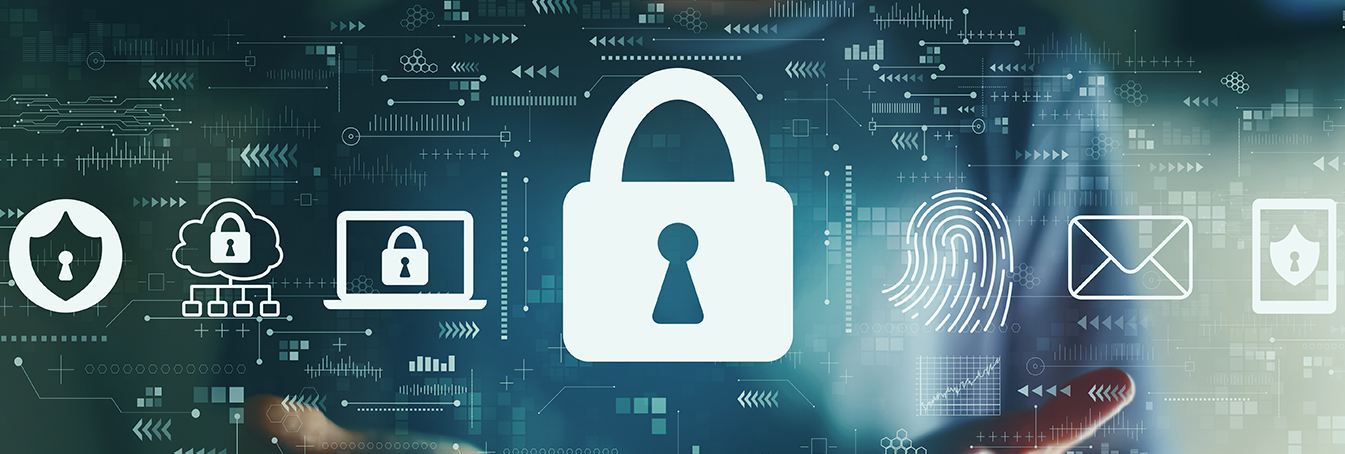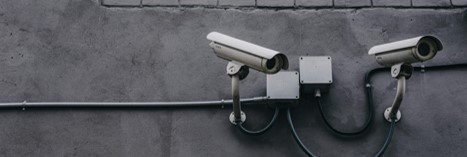Why MFA is Crucial in Today’s Security Landscape
Traditionally, user authentication has relied heavily on passwords or passphrases. However, passwords alone have become a weak point in cybersecurity. They are often easy to guess, reused across systems, or written down. They can be compromised through phishing, keyloggers, or malware.
Even with strong password policies in place, the human factor remains a significant vulnerability. Building high-performance password-cracking systems has become increasingly easy and cost-effective, putting even complex passwords at risk.
As cyber threats evolve and grow in sophistication, organizations seek stronger ways to verify user identities. Multi-factor authentication (MFA) addresses this need by requiring additional authentication factors beyond just a password, raising the level of assurance and making unauthorized access significantly more difficult.
Introduction to IBM Multi-Factor Authentication (MFA)
IBM Multi-Factor Authentication (MFA) enhances security for z/OS networks by enabling alternative authentication methods beyond the traditional z/OS password. It integrates with RACF (Resource Access Control Facility) to support additional layers of identity verification.
MFA strengthens user authentication by requiring multiple forms of evidence to confirm a user’s identity based on the following categories:
- Something you know – such as a user ID and password
- Something you have – such as a one-time password (OTP) or hardware/software token
- Something you are – such as biometric data like facial recognition or a fingerprint
By requiring two or more of these factors during login, IBM MFA significantly reduces the risk of unauthorized access, especially in high-security environments like those running on z/OS.
Where IBM MFA Fits In: Common Use Cases
IBM MFA can be integrated with a wide range of z/OS-based applications to enhance security through strong user authentication. Some of the most common use cases include:
- TSO/E (Time Sharing Option/Extensions): Used to create interactive sessions with the z/OS system, TSO/E provides single-user logon and a command-line interface. IBM MFA adds an extra layer of security during login.
- CICS (Customer Information Control System): A transaction server that supports high-volume, mission-critical applications. With IBM MFA, organizations can secure access to these vital systems and protect sensitive data.
- z/OSMF (z/OS Management Facility): A web-based interface for managing z/OS systems. IBM MFA helps ensure that only authorized users can access system management functions via a browser.
- IBM OpenSSH: Used for secure remote login and file transfers. By enabling MFA, you can add strong authentication to standard SSH connections, protecting against unauthorized access.
These use cases demonstrate how IBM MFA can be applied across multiple critical entry points in a z/OS environment to boost security significantly.
IBM MFA Authentication Methods – Categorized Overview
| Category | Method | Description |
|---|---|---|
| Token-Based Methods | IBM MFA with SecurID | Uses RSA SecurID tokens to generate time-based OTPs for user authentication. |
| IBM MFA for YubiKey | Supports YubiKey devices to generate. | |
| IBM MFA with RADIUS | Integrates with external RADIUS servers to use third-party token-based MFA solutions. | |
| Mobile-Based Methods | IBM TouchToken | A mobile push-based authentication method where users approve or deny login requests. |
| Certificate-Based | IBM MFA Certificate Authentication | Uses digital certificates for identity verification, often with smart cards or X.509 Certificate method. |
| Directory-Based | IBM MFA for LDAP | Authenticates users by validating credentials against an LDAP directory, often as part of a multifactor process. |
Conclusion: Raising Awareness About IBM MFA on z/OS
The goal of this blog is to raise awareness of IBM Multi-Factor Authentication (MFA) on z/OS – and highlight that it’s no longer a new or experimental concept but a mature and essential security feature in today’s mainframe environments. Unlike earlier, z/OS now offers robust and flexible support for integrating strong authentication methods across various applications.
As cyber threats continue to grow, organizations must take proactive steps to secure access to critical systems, and IBM MFA is a practical way to do that.









0 Comments